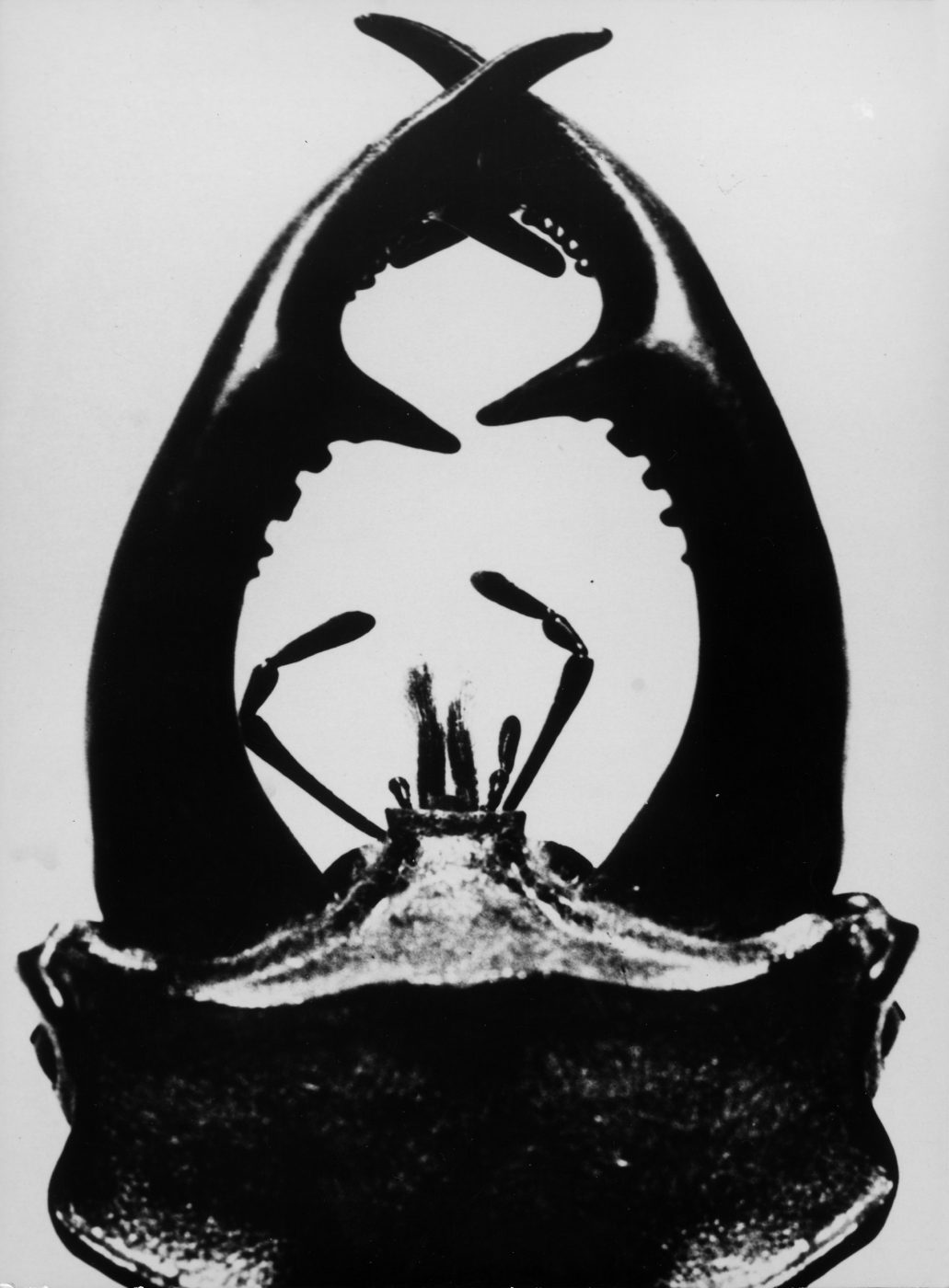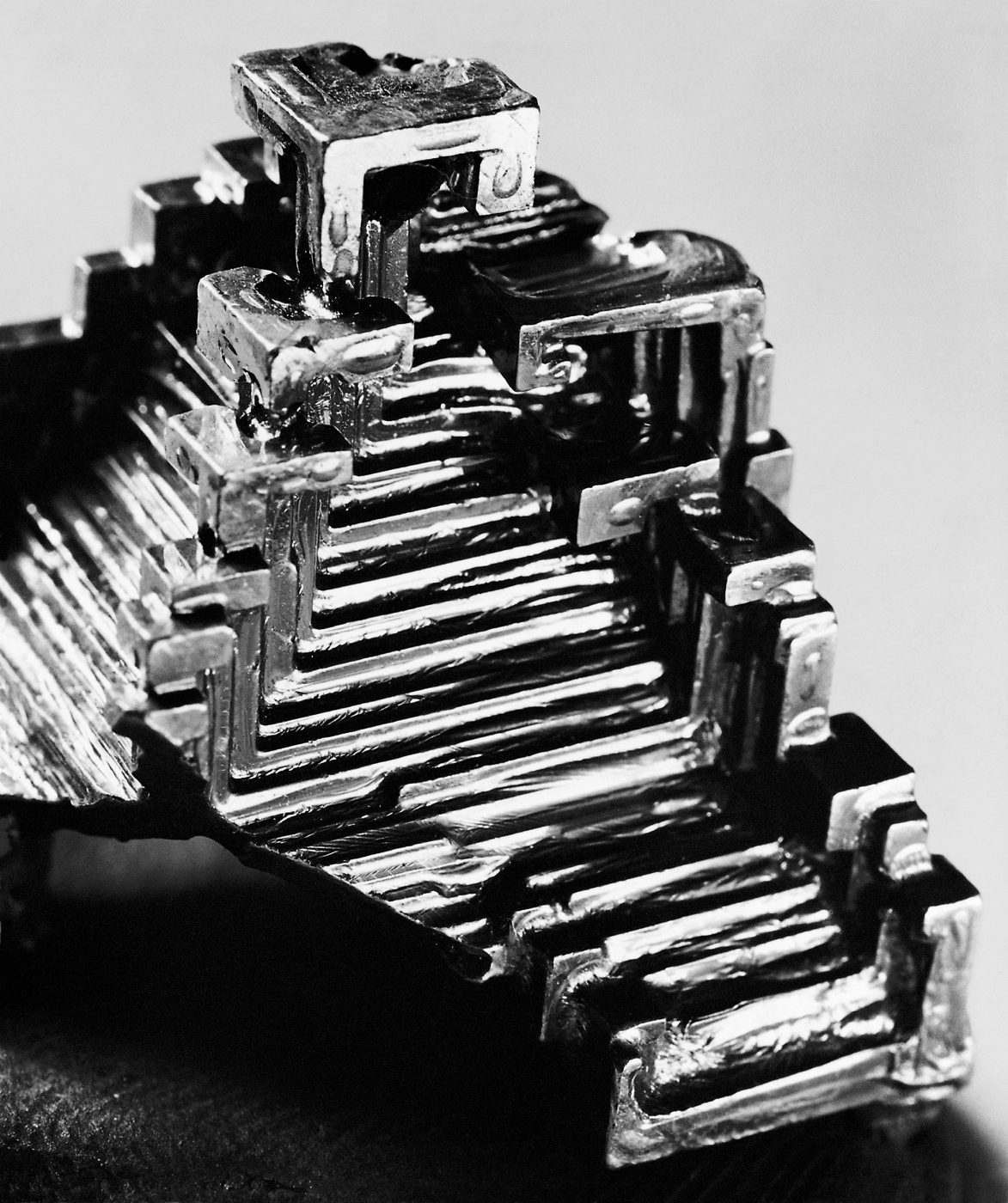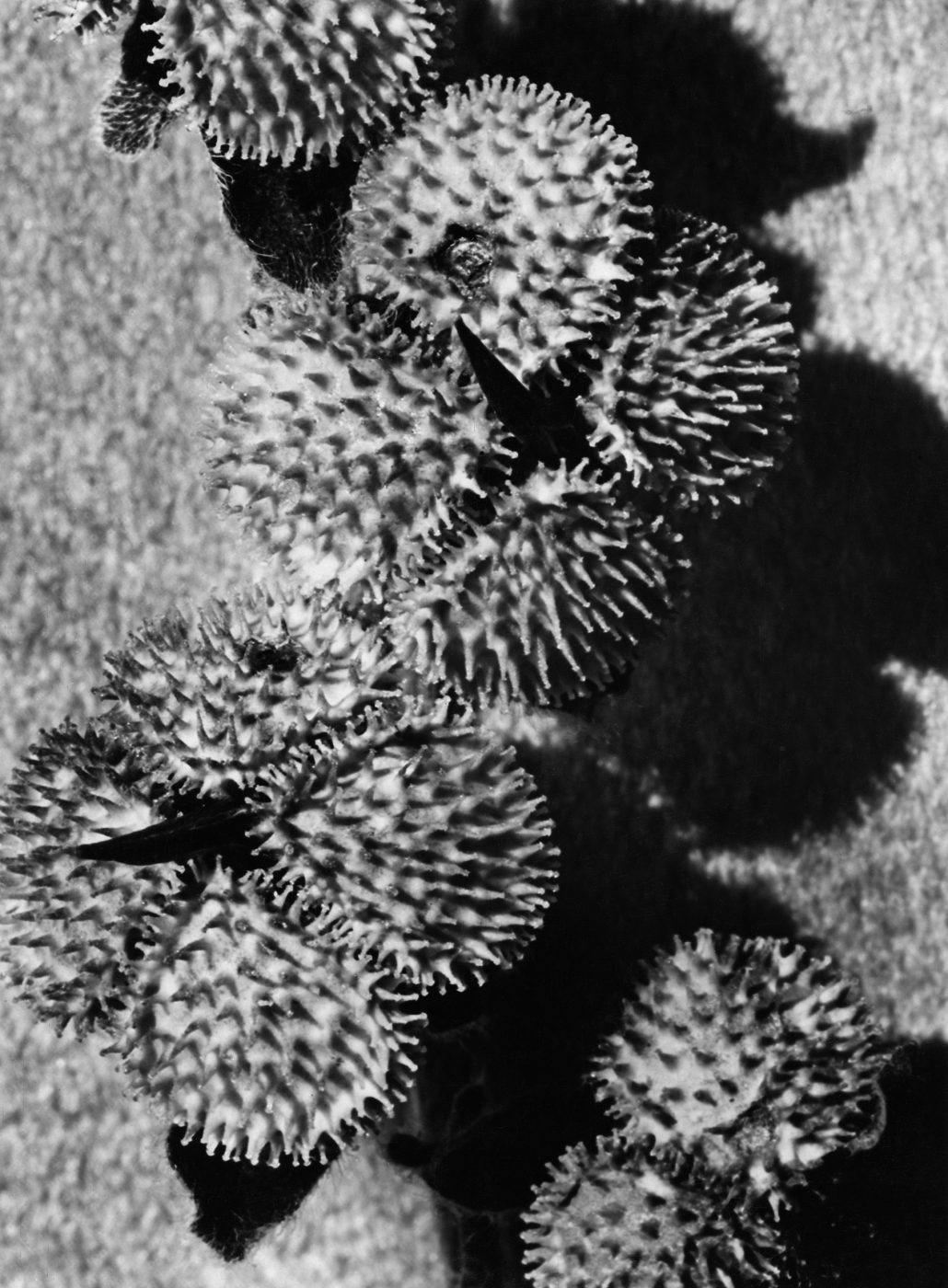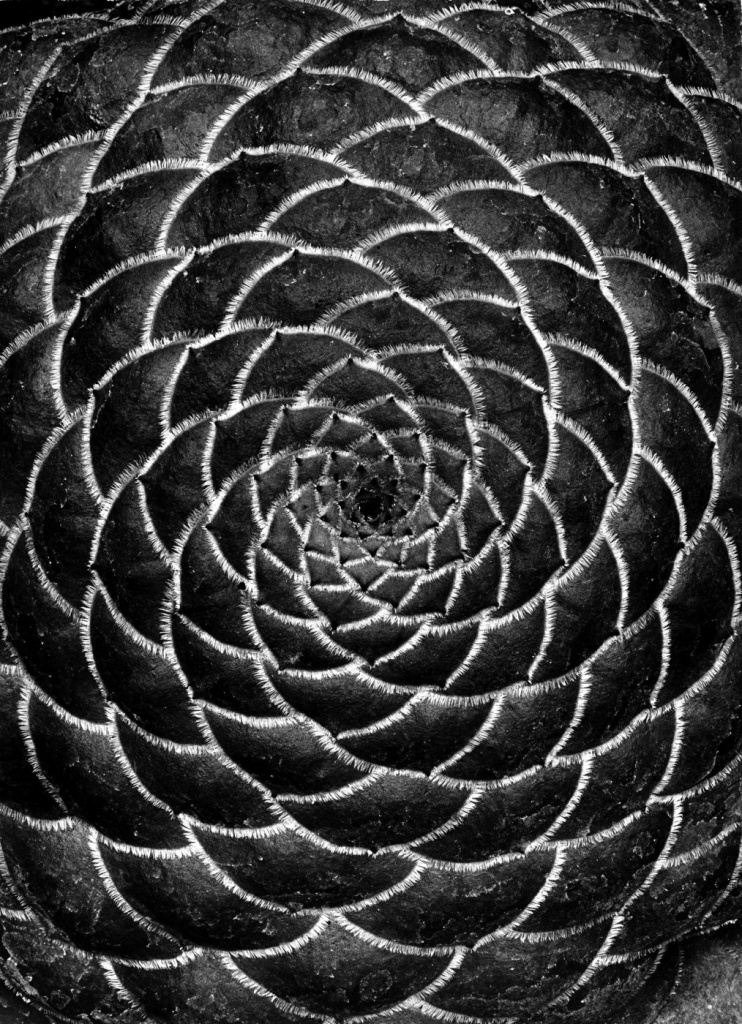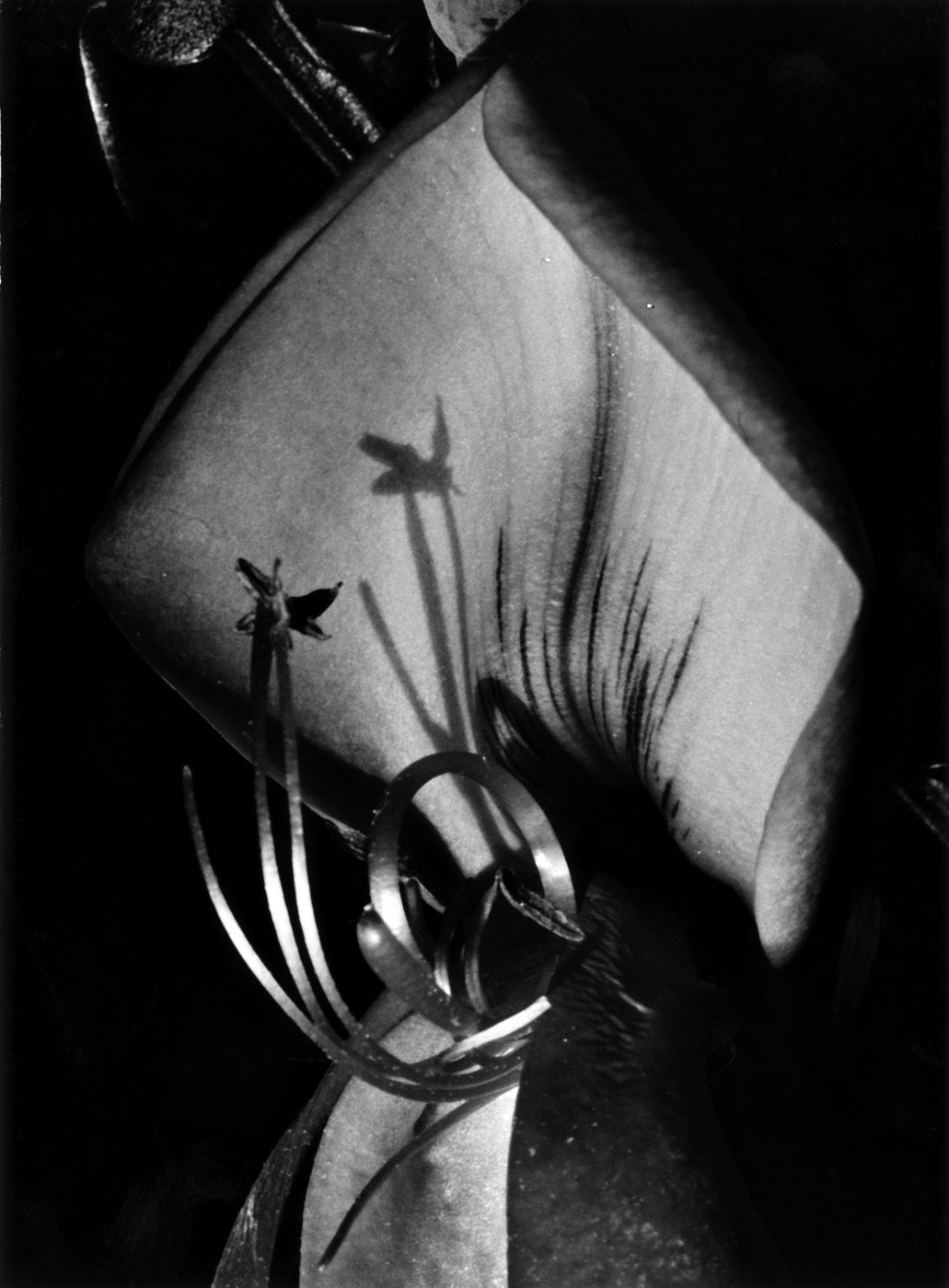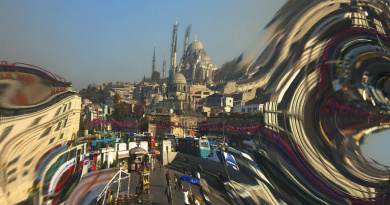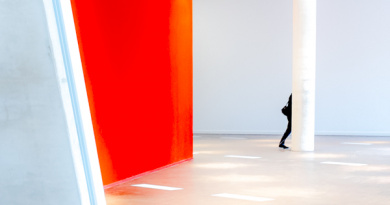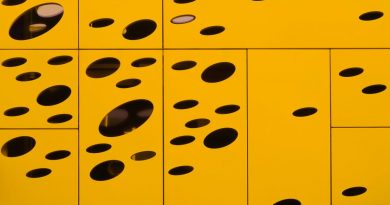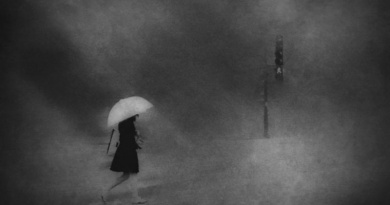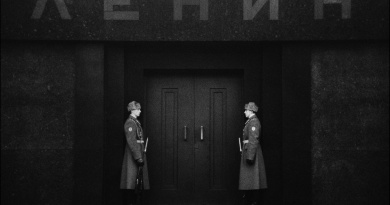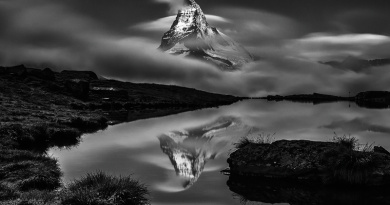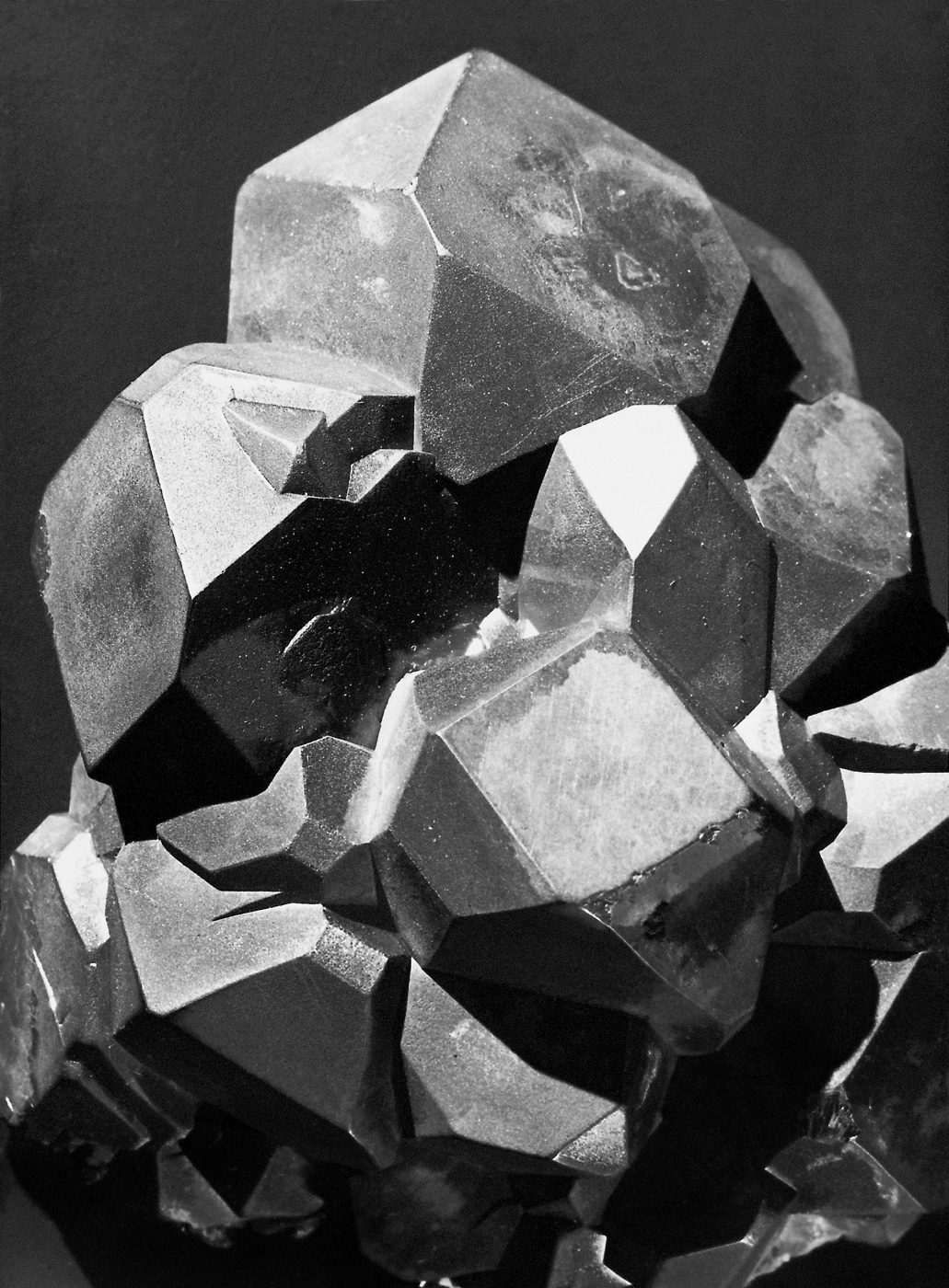
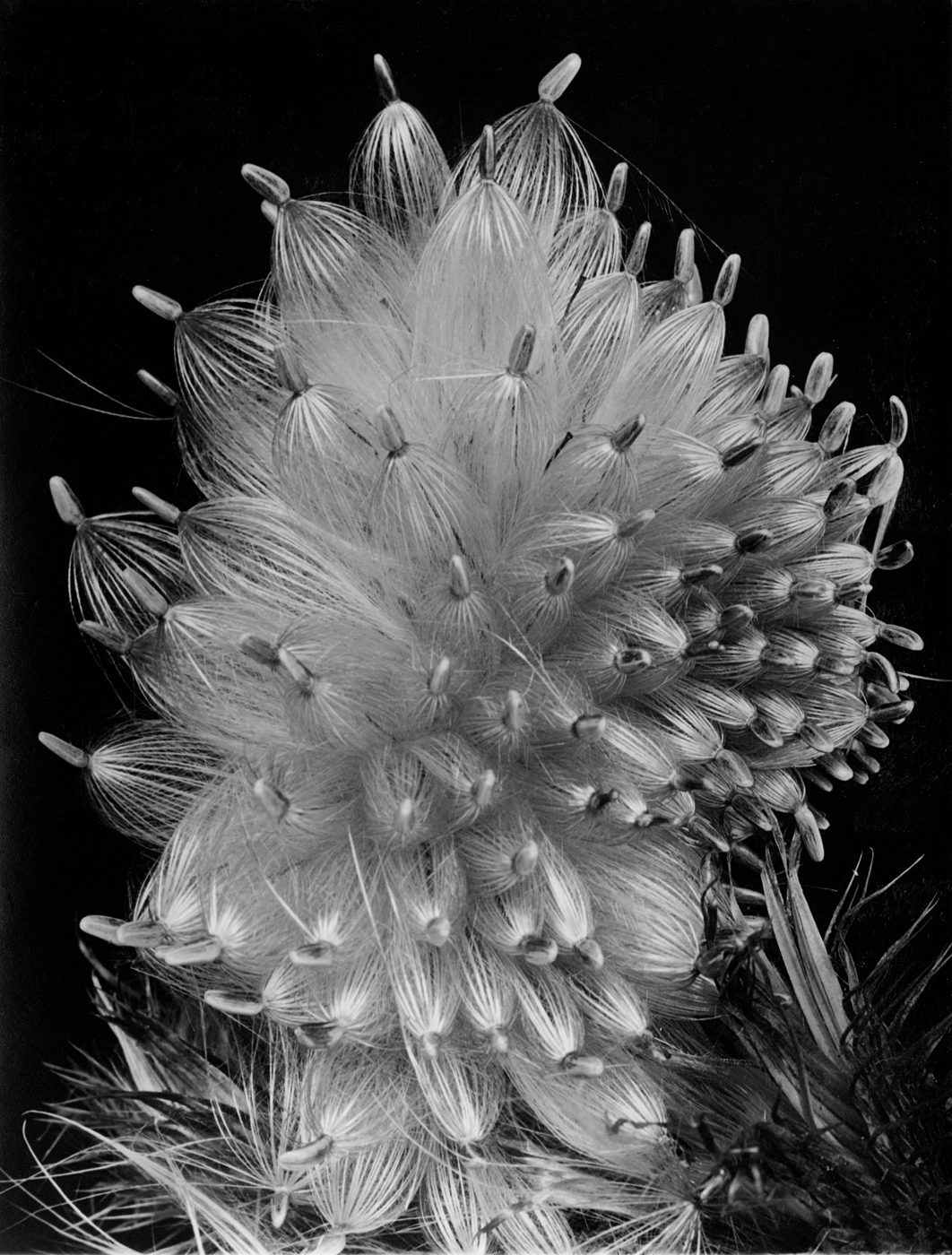
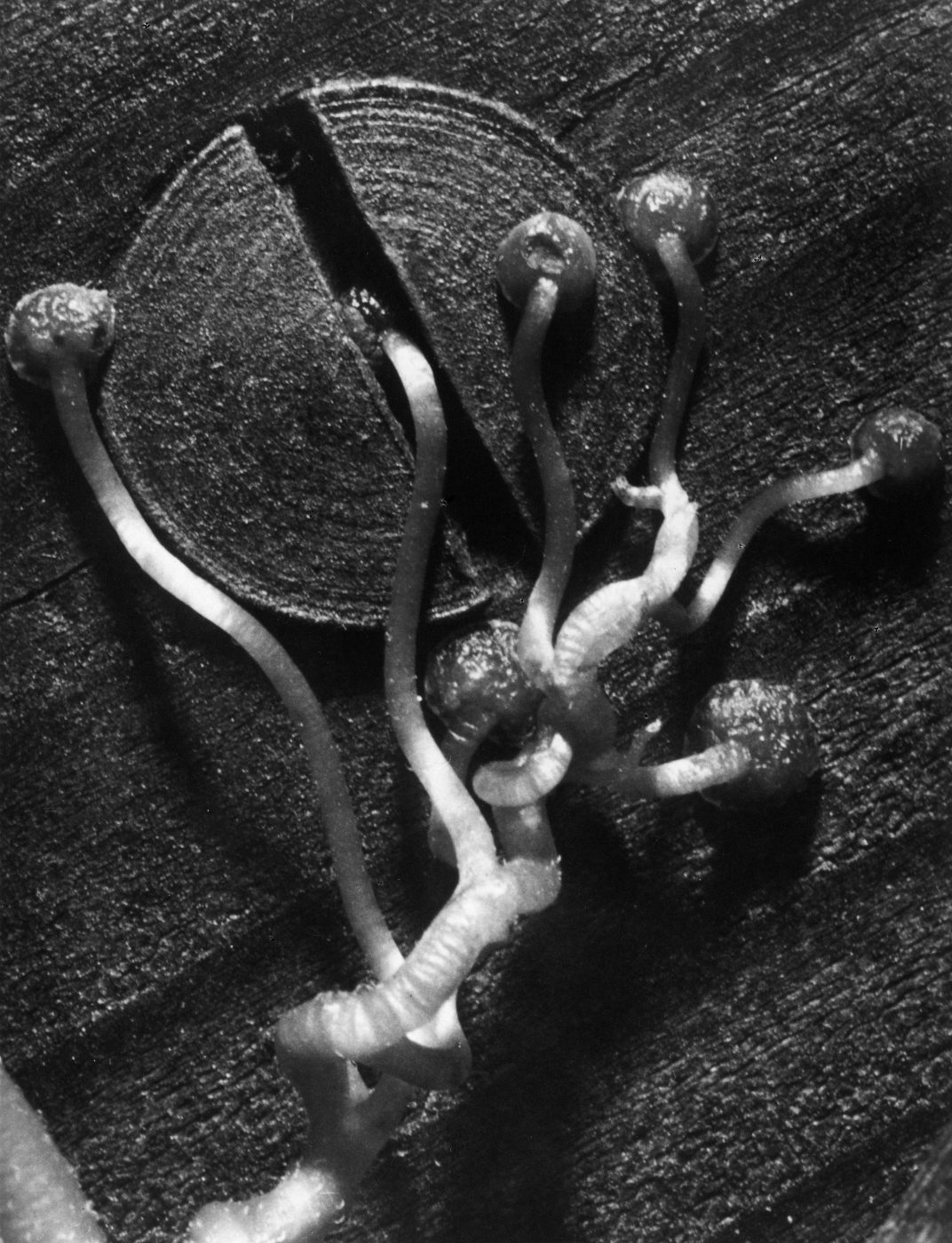
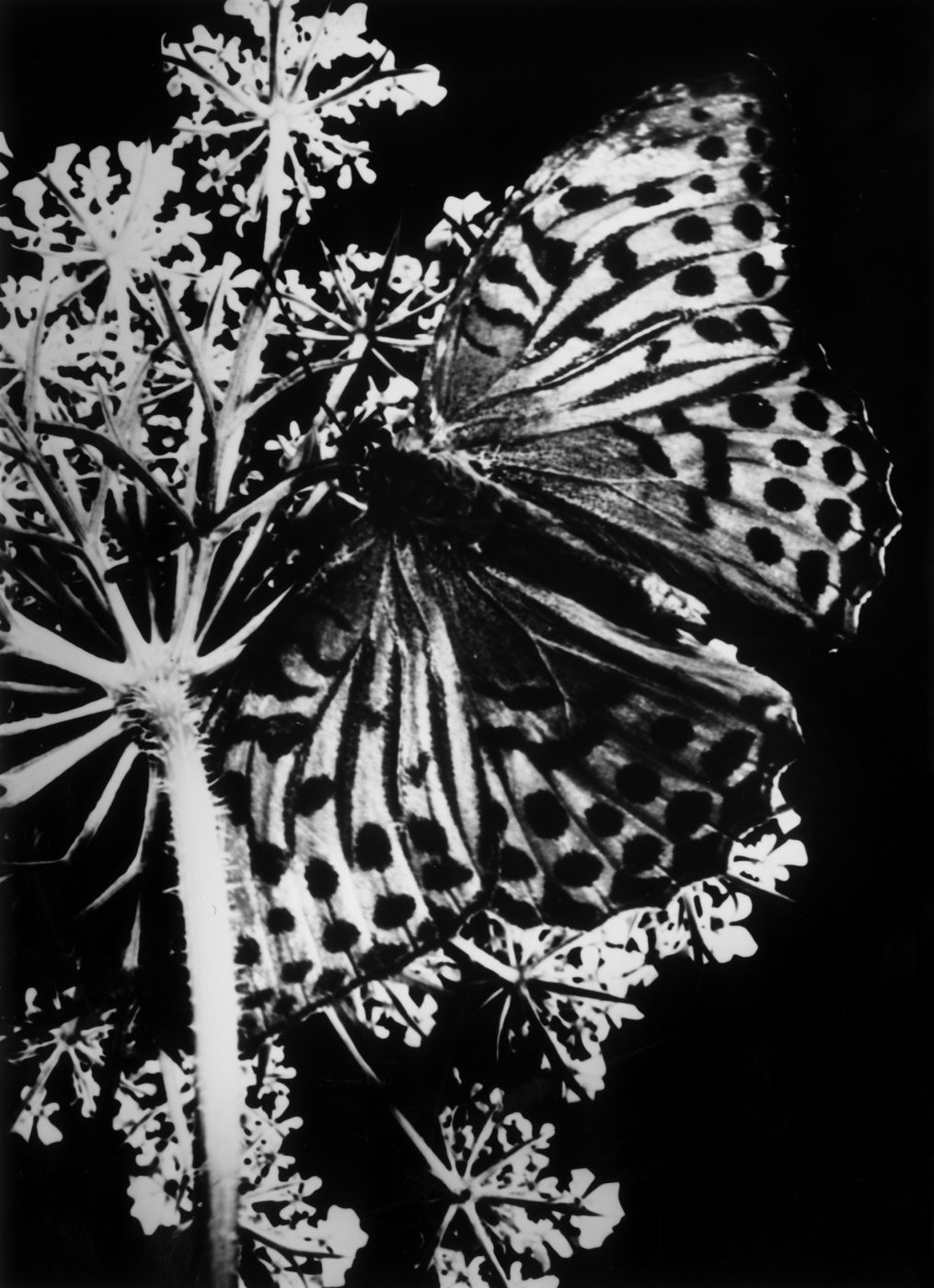
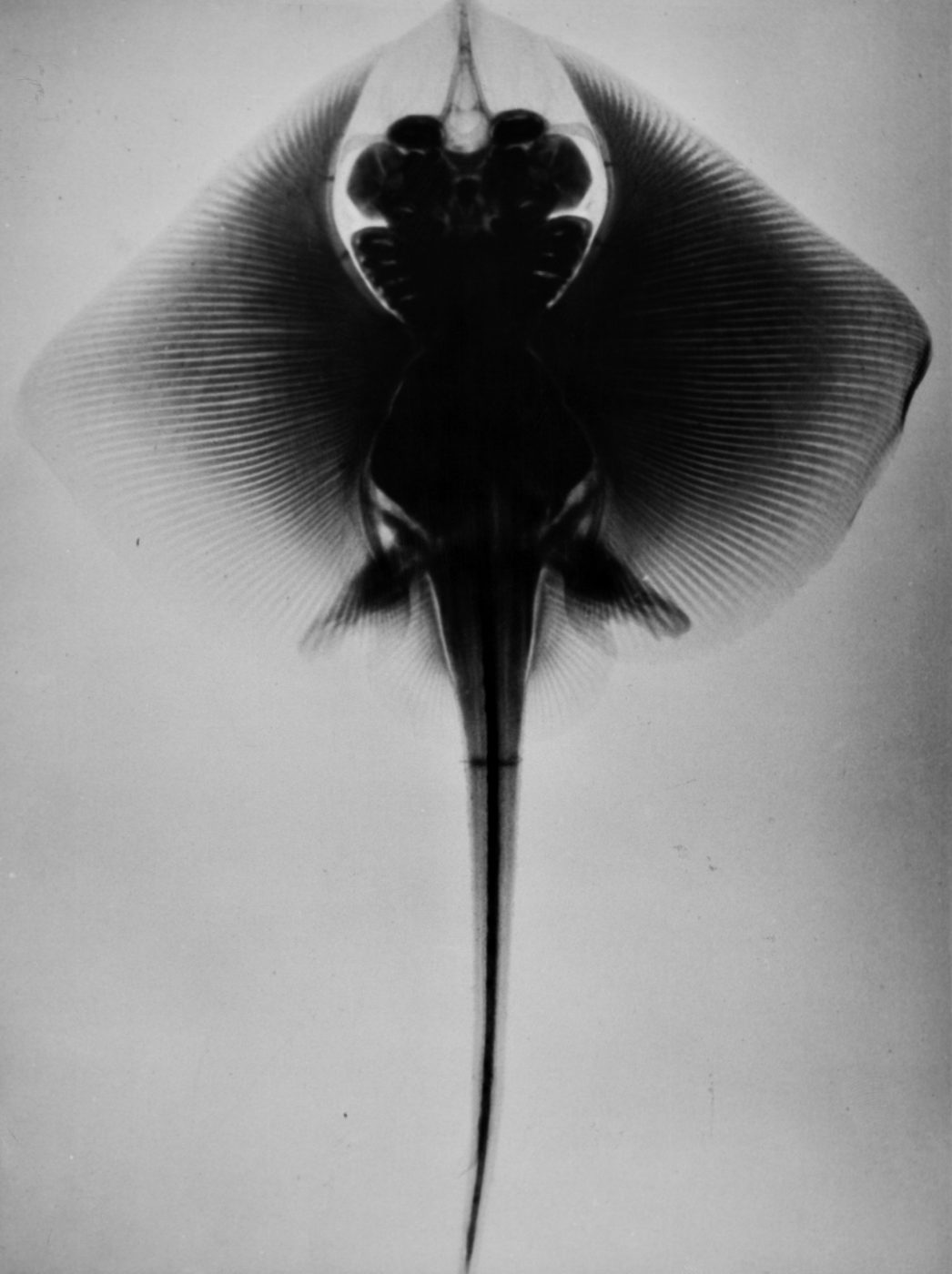
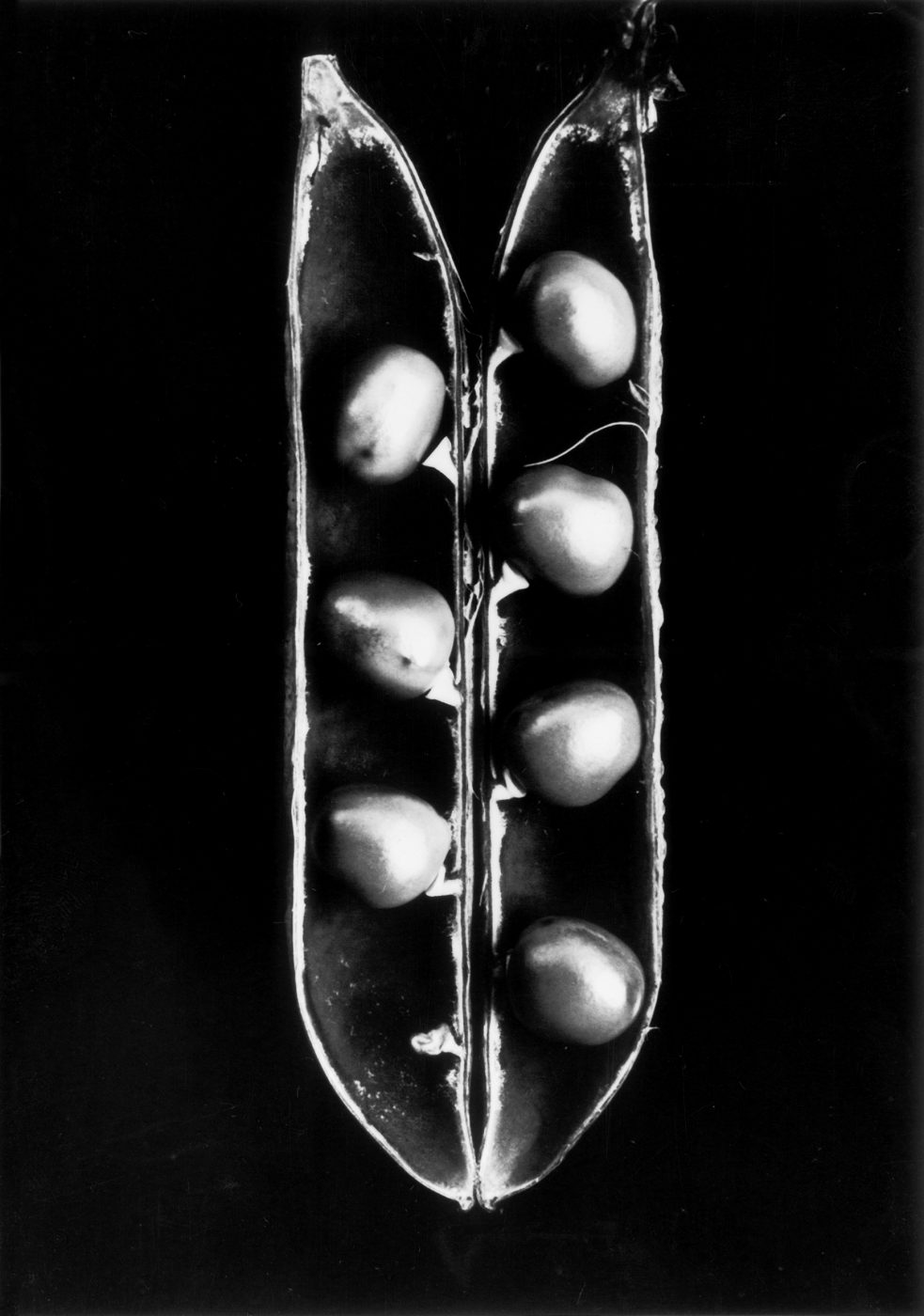

For the first time, the Alfred Ehrhardt Foundation is presenting a true photographic rediscovery: Fred Koch (1904-1947) has to be considered one of the most important photographers of the Weimar Republic. With his early death in captivity in 1947, however, he increasingly fell into oblivion. The Alfred Ehrhardt Foundation has been pioneering the actual art-historical significance of Fred Koch for New Objectivity photography since 2004 and is now presenting the elaborate research and attributions in a first-ever solo exhibition. His neo-objective black-and-white photographs primarily show detailed shots of plants and crystals, but also ice flowers, corals, conchylia, insects and X-ray photographs.
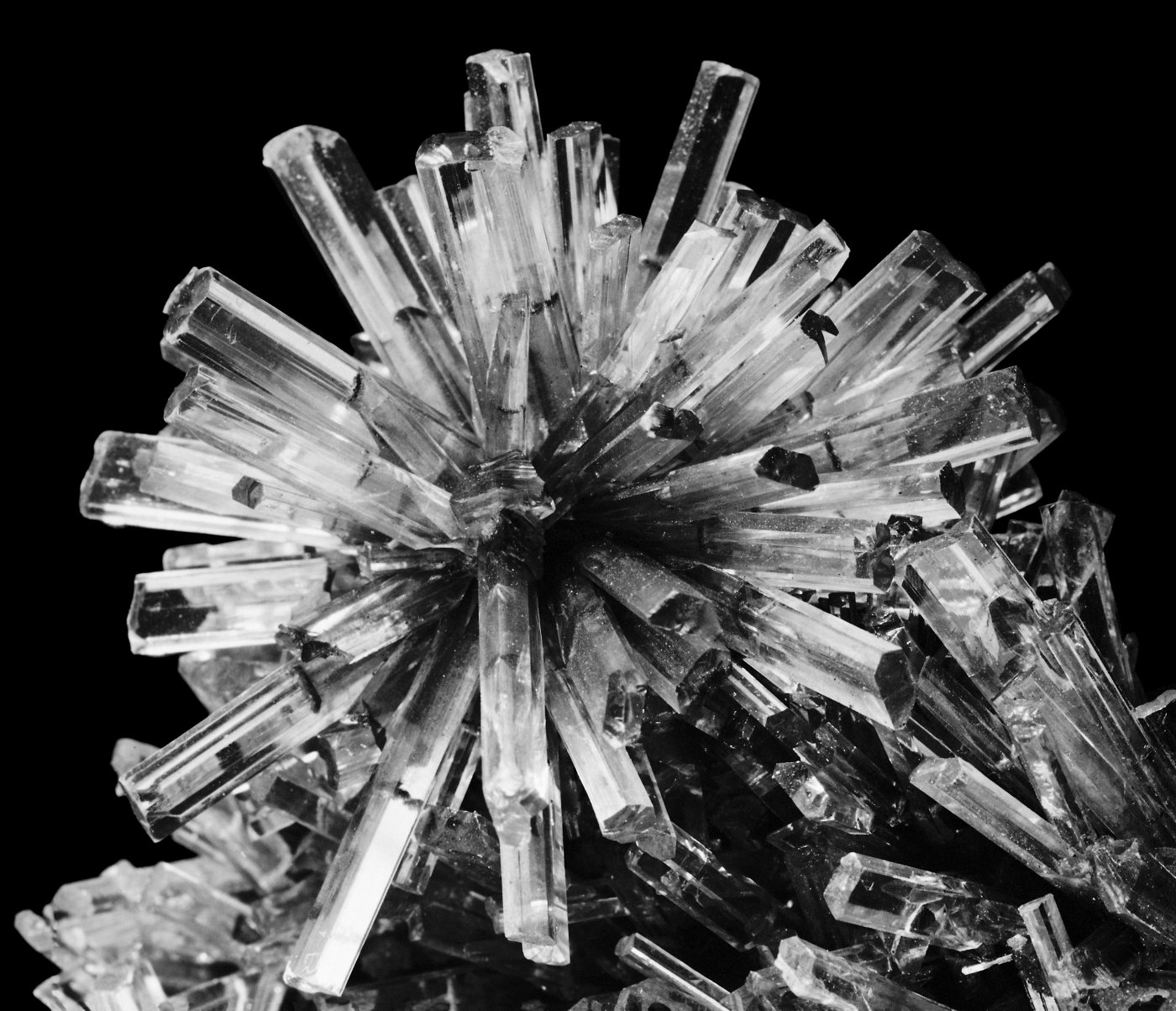
Fred Koch (1904-1947) Gips-Kristalle (Eisleben, vergrößert), vor Februar 1931 Silbergelatineabzug auf Barytpapier, 12,3 x 14,3 cm, bpk-Bildagentur / Fred Koch
His neo-objective black-and-white photographs primarily show detailed shots of plants and crystals, but also ice flowers, corals, conchylia, insects and X-ray photographs.
Fred Koch emphasizes the floral beauty, grace, and splendor of plants, thereby exploiting the stylistic means of neo-objective photography to the maximum. He directs his gaze frontally at the plant, photographs from below, dramatizes with targeted lighting to the point of surreal alienation and abstracts through extreme cropping. Koch used light reflections and strong shadows to dramatize the plasticity of the plant, almost theatrically. The other grandmaster of neo-objective photography, Karl Blossfeldt, also takes his plants in a rather sober, objective and austere manner, whereas Koch stages the plants like portraits.
In his intensive examination of Ernst Fuhrmann's "biosophy", Fred Koch develops a stylistic idiosyncrasy that is unparalleled. Fuhrmann's organic-ecological doctrine of the connections between human and plant life processes assumes an animalistic function of the plant as a demonic and sexualized living being. In his texts and captions, he compares plant parts with flesh, bones, hands, musculature, sexual and sensory organs. Following Fuhrmann's ideas, Koch's stagings deliberately arouse associations with sexual connotations, thus emphasizing the "living of plants" more pointedly than any other photographer of his time. In 1931, the writer Will Vesper praised Fred Koch's "masterly photographs of plants, which show the fantastic structure of these living beings as if under a magnifying glass [...]. It's like watching plants move, form, rejoice, fight, conquer, suffer and die, like living beings, which they are."
Koch was a tireless tinkerer, he designed special cameras for extreme depth of field in the macro range, optimized his equipment, and studied the lighting modalities down to the smallest detail. This makes him stand out especially in his photographs of crystals and minerals. In several texts, he reveals technical refinements and tricks to his readers: "Besides the character of form and material, with crystals, you have to pay special attention to their behavior to light." Knowing the complex spatial structures, strict laws, transparency, and light refraction factors of crystals, Koch brings out the aesthetic qualities of the material texture and the architectural construction of his motifs particularly brilliantly. In the richness of detail, sharpness, and precision, many of his crystal photographs surpass those of his contemporaries.
Click on an image to open the full-size gallery
Koch deliberately staged his plant images with associations of sexual connotations, thus emphasising the "living of plants" more pointedly than any other photographer of his time. He emphasised the floral beauty, grace and splendour of plants, thereby exploiting the stylistic devices of neo-objective photography to the maximum. A tireless tinkerer, he designed special cameras for extreme depth of field in the macro range, optimised his equipment and studied the lighting modalities down to the smallest detail. This is what makes Koch stand out, especially in his photographs of crystals and minerals. In richness of detail, sharpness and precision, many of his crystal photographs surpass those of his contemporaries.
The Alfred Ehrhardt Foundation has been dealing with Fred Koch's work since 2004. The fact that his photographs of crystals and minerals far surpass those of the great master of New Objectivity Albert Renger-Patzsch in quality was already clearly documented in the previous exhibition Living Crystal (2004). Koch came into contact with photography through Renger-Patzsch in 1922/23. when he was in charge of the picture archive of the Folkwang publishing house of the writer and publisher Ernst Fuhrmann (1886-1956) and took large-scale photographs of plants for it. With those plant photographs, the photography of the New Objectivity began.
Curator:
Stefanie Odenthal M.A., Foundation Manager and Curator of the Alfred Ehrhardt Foundation
FRED KOCH. NATURFOTOGRAFIE DER 1920/30ER JAHRE
January 15, 2022 - April 24, 2022
Alfred Ehrhardt Stiftung
Auguststr. 75
D - 10117 Berlin
The ALFRED EHRHARDT STIFTUNG is committed to promoting the study of the work of Alfred Ehrhardt, a photographer, documentary filmmaker and outstanding representative of the New Objectivity movement. The foundation was established in November 2002 by the artist’s son, the Munich investment manager Dr. Jens Ehrhardt, in order to preserve his father’s artistic legacy and estate—which includes drawings, graphic works, photographs, negatives, films and papers—and make it available to a wide public.
In addition, the foundation focuses on historical photographers from Alfred Ehrhardt’s milieu, and in particular on contemporary photography and media art. Exhibitions have a special dialogical approach, which provides an encounter between Alfred Ehrhardt’s photographic and film-based art and contemporary positions addressing themes intrinsic to his work—»nature« and the »construct of the natural.« This dialogue is then continued in the form of events and discussions and is recapitulated in accompanying publications.
Journalism and running an online magazine costs money. Our online magazine is free of advertisements. We do everything out of love and dedication. We are not profit oriented. Support Tagree that the magazine remains ad-free and the monthly costs can be paid. TAGREE, I love your cultural work, I donate to show you my appreciation, voluntary, one-time or regular monthly or per quarter:


